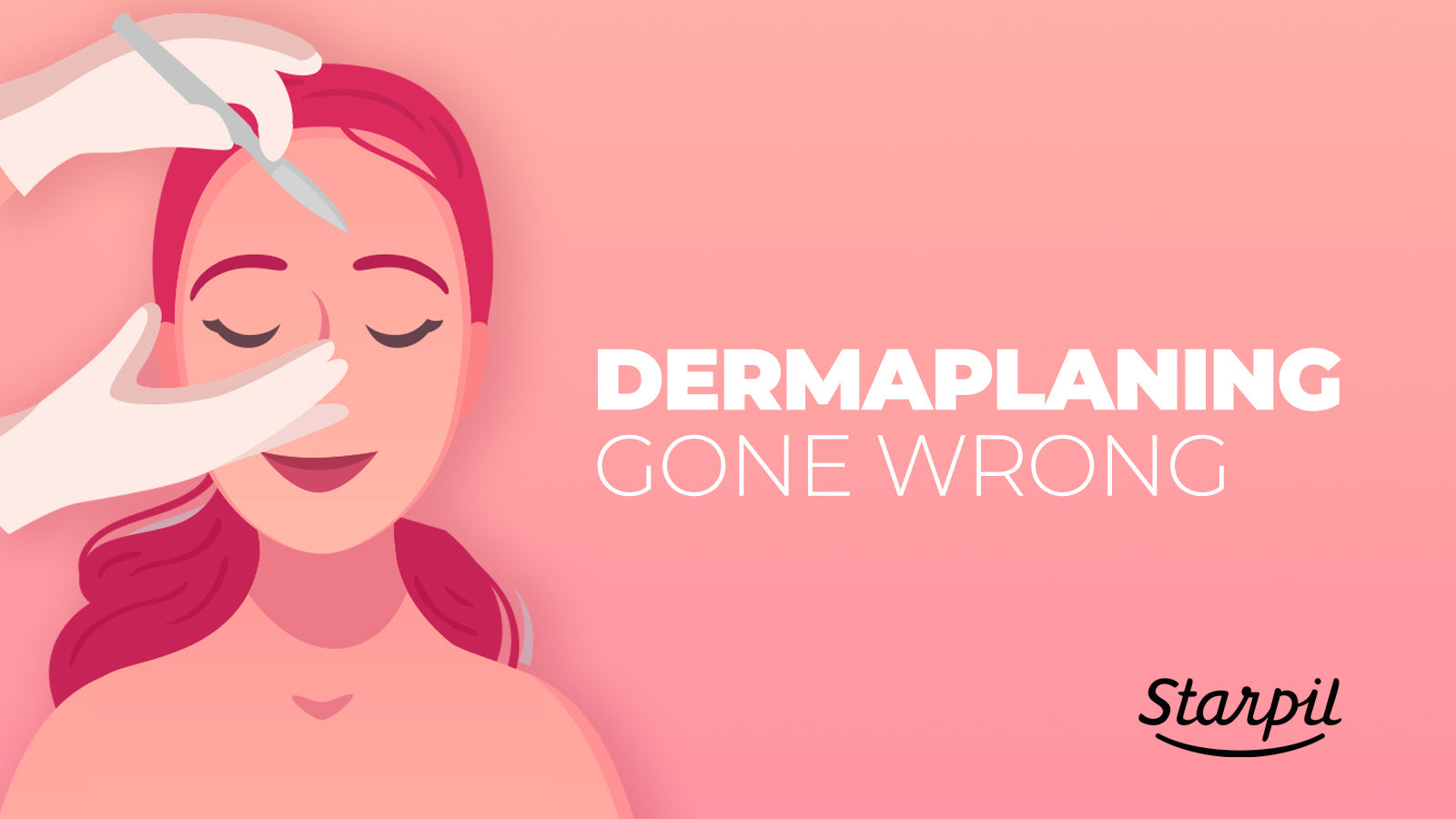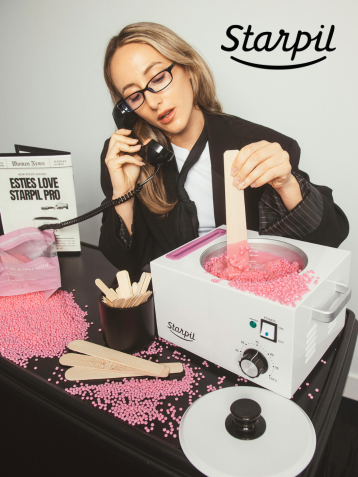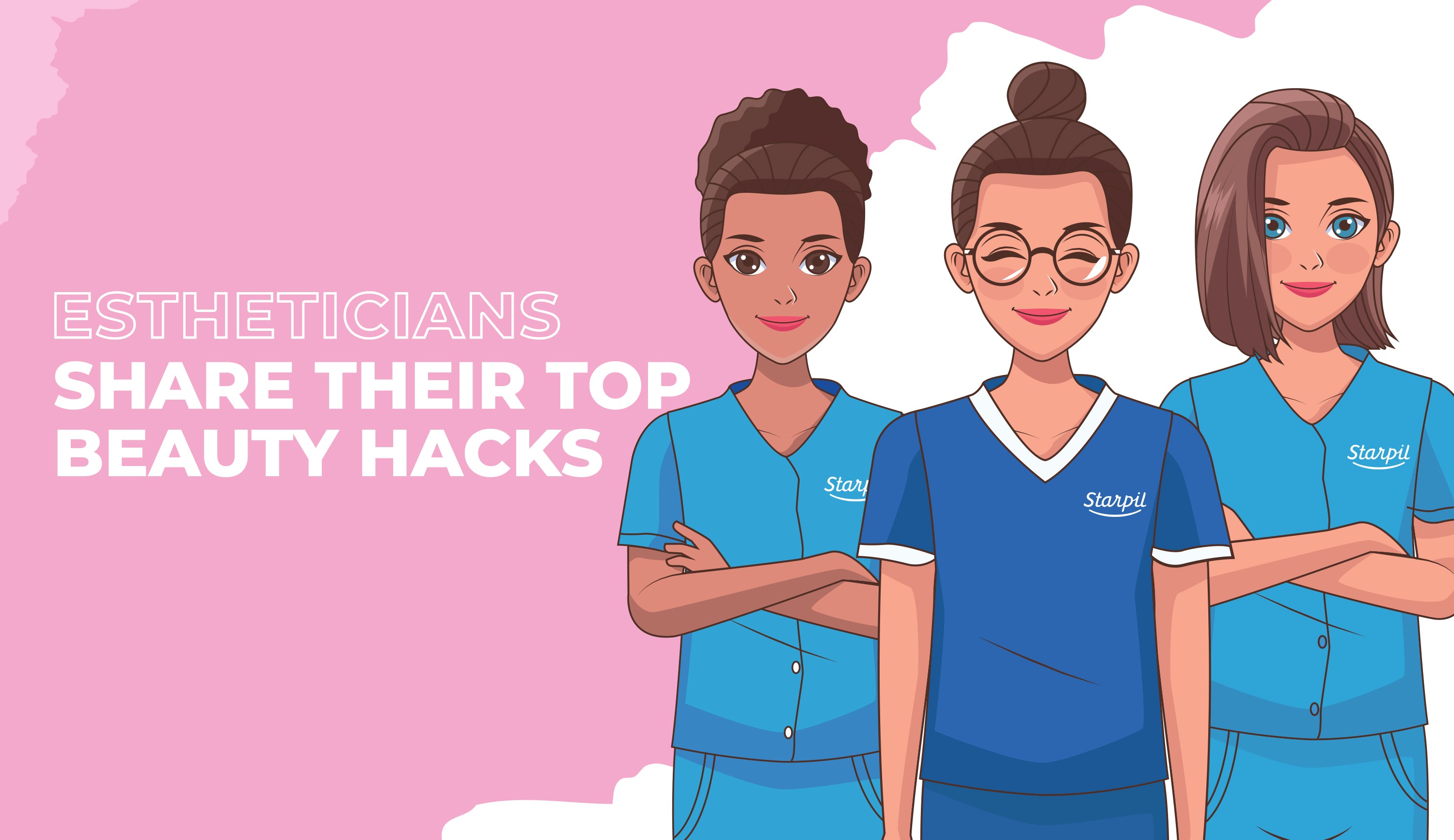Dermaplaning Gone Wrong


"You want to put a scalpel on my face and do what?" It doesn't take much for our minds, and our client's minds, to wander to all the 'dermaplaning gone wrong' scenarios available.
While we all want smooth, clear, and glowing skin, is the dermaplaning route a safe and effective method to achieve this?
Dermaplaning uses a scalpel or an electric tool, called a dermatome, and light pressure to remove the exterior layer of your skin, the stratum corneum, and the tiny vellus hairs on your face (the peach fuzz we are all not so crazy about). The goal of dermaplaning is to leave you with an extremely smooth skin surface, be facial hair-free, and help reduce the look of scarring.
Most of these procedures are done in offices with licensed estheticians or dermatologists. Yet, more people are reaching out by trying to do dermaplaning at home and finding that what seems like a relatively simple procedure can potentially leave you with results you weren't expecting.

If something can leave you with such radiant skin, can it be bad or even harmful to you?
Can Dermaplaning Be Bad For You?
With certain skin conditions, dermaplaning can undoubtedly be bad for you and should be entirely avoided. Some of these conditions include inflammatory ones like rosacea, psoriasis, and eczema. Other situations where dermaplaning can be bad for you are during a current acne flare-up, tan, or sunburn, or if you have a history of cold sores.
If you were to have dermaplaning done with a current acne breakout, the sharp blade can cut the pimple and spread any bacteria on the face making the breakout worse, harder to heal, and even cause scarring. This would certainly be a 'dermaplaning gone wrong' incident.
Exfoliating procedures like dermaplaning can cause a herpes simplex outbreak (cold sore) if you are prone to them. If your client has a history of cold sores, they must make this known before dermaplaning is done to possibly pre-medicate with an antiviral as a preventative.
So what other dermaplaning situations could you face that would be bad for you?
Is It Normal To Breakout After Dermaplaning?
Breakouts can be pretty common after the dermaplaning procedure is done. Sometimes, your skin simply reacts adversely to the process, becomes extra irritated, and leaves many tiny bumps along your skin.
Unfortunately, breakouts after dermaplaning happen more than you would think, and until you do the procedure, you won't ever know how your skin will react. You can enter into an appointment expecting luscious skin afterward but end up trying to manage a breakout that seems to take forever to eliminate. Dermaplaning gone wrong to one of the highest degrees!
Not that the procedure itself is known to make your skin purge in any way, but there are some reasons as to why you may break out afterward.
First, by exfoliating the top layer of skin, fresh skin has now arisen to the surface. If you had any breakout beginning underneath, it might present itself sooner since there are fewer layers of skin for it to protrude out of.
Second, if dermaplaning has been done unhygienically in any way- like reusing the same blade with multiple patients- bacteria from other's skin can be transferred to yours, leaving you with an unwanted breakout.
Third, with soft, hairless skin as smooth as a baby's bottom, it's pretty natural to want to feel your skin constantly, and there's the problem. Bacteria from your hands has now spread to your face's fresh skin, potentially causing a breakout. So no matter what, keep those hands away from your face, please! Every client NEEDS to know this.
Fourth, with fresh skin emanating, increased absorption of facial products is expected, so any comedogenic products or heavy and oily moisturizers can significantly increase your risk of breakouts after dermaplaning.
So what are some things you should avoid after dermaplaning?
What Should You Not Put On Your Face After Dermaplaning?
For a minimum of 24 hours after dermaplaning, avoid any additional exfoliants, whether it is a chemical exfoliant or scrub, and avoid harsh cleansers with potent active ingredients. You also should not put on any makeup for 24 hours after dermaplaning and any heavy and oily moisturizers.
Avoid anything that will clog your pores or irritate your skin further, avoid saunas, steam rooms, and exercise producing excessive amounts of sweat. You want to baby your face during this time, so think: gentle, gentle, and more gentle.
Choose gentle facial cleansers, and use your clean hands to wash off the cleansers rather than an abrasive washcloth. Pat your face dry rather than wiping vigorously.
You would want to apply non-comedogenic, light moisturizers and SPF, as sun protection is extremely vital after dermaplaning.
Dermaplaning Regret
While not everyone has dermaplaning regret, there are many accounts of ones who do. Getting a breakout after the procedure is not just how dermaplaning can go wrong.
Since dermaplaning brings fresh new skin to the surface, your skin is highly susceptible to sun damage. Without proper SPF and avoiding sun exposure every day in the weeks following a dermaplaning appointment, your fresh skin can end up with pigment blotches. It will reverse the entire dermaplaning procedure if proper sun protection is not adhered to.
If there were ever a debate on the biggest 'dermaplaning gone wrong' and dermaplaning regret moment, it would be any potential cuts and scarring. Though it is not extremely common, it can occur. Some people report minor cuts from the blade, especially if they are attempting dermaplaning themselves at home. Exfoliating too much or using too much pressure from at-home use can cause scarring. Professionally done dermaplaning can also cause scarring post-treatment, although rare.
So, let's say you or your clients want to do dermaplaning for facial hair removal and smooth skin, but you don't want a scalpel coming anywhere near you (uh hem...most of us). Are there alternative options?
Most certainly!
Facial Waxing For Vellus Hair Removal
We all want super smooth skin. We want hairless skin. We want our skin to radiate a glowing complexion! Most turn to dermaplaning to remove the hair on their face and for exfoliation.
But, what if we said, you could do that with waxing?
Waxing is a choice hair removal technique that also provides a measure of exfoliation. While removing hair from its root, the wax will also remove a layer of dead skin cells which aids in leaving your skin silky smooth after your waxing is complete.
Which waxes are best for facial hair removal? We obviously don't want a lot of pain here!
First, let's target our acne-prone clients. Since dermaplaning is a contraindication for anyone with a current acne breakout, are there any waxes made to help limit acne breakouts after hair removal?
You bet your bottom there is!
Starpil's Stripless Calendula Hard Wax was designed with ingredients to help soothe redness and irritation while reducing inflammation and limiting bacterial growth-all things someone with acne wants to hear. Calendula wax is a soothing wax created for sensitive skin and excellent for facial waxing anyone with oily or acne-prone skin.
On account of our faces being extra sensitive and wanting to limit redness and pain, Starpil's Hypoallergenic Starsoft Soft Strip Wax is an outstanding option for facial waxing as well. It is a powerhouse able to pull thick hairs from the root as well as the tiny vellus hairs on your face. With neurosensory actives and vitamin E as ingredients, this soft wax does wonders to reduce redness, pain, and irritation.
Needless to say, Starpil has you covered to achieve the hairless, soft, and smooth face you are searching for. Be sure you recommend these options to your clients for anyone with horror stories of dermaplaning gone wrong and ensure a professional does their facial waxing to achieve the best results available.
w/ code GONE-RIGHT
In Summary
There are many opportunities for a 'dermaplaning gone wrong' situation. No one wants to go into an appointment thinking they'll feel glowing and radiant, only to have regrets about it a few days later. Though that may not always be the case, you don't know how your skin will react until you try it.
And unfortunately, once you try it, there is no turning back. Whatever reactions you may experience could take a while to reverse.
If you or your client decides to try out dermaplaning, always ensure they are doing their research to find a hygienic facility with a skilled, licensed professional who knows what they are doing.
As an alternative to vellus hair removal and to provide a form of exfoliation, facial waxing is a superb option for having smooth, silky skin. With quality waxes from Starpil designed to ensure an effective hair removal appointment and with ingredients targeted for sensitive skin and reducing pain, irritation, and redness, your clients can be just as pleased walking out of their waxing appointment as they would from a dermaplaning appointment, if not even more so!






